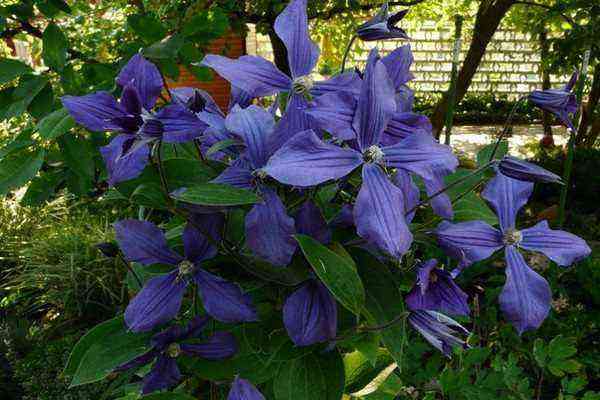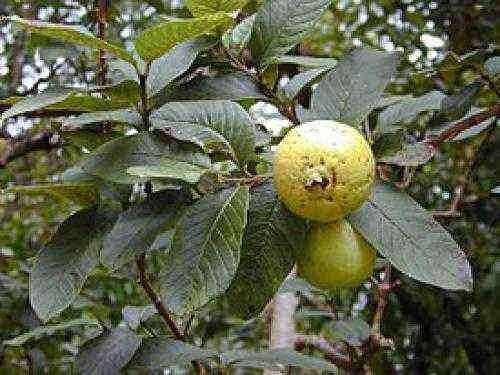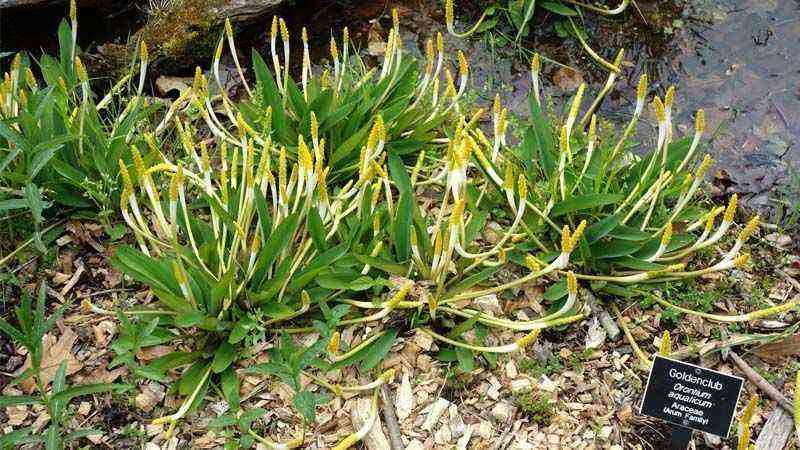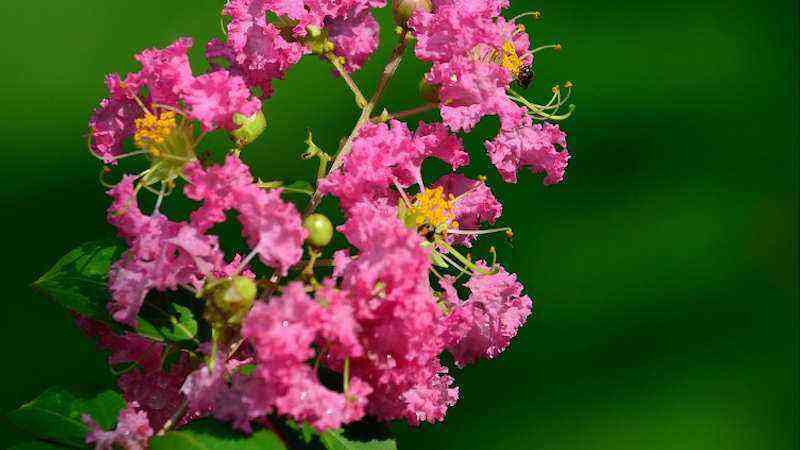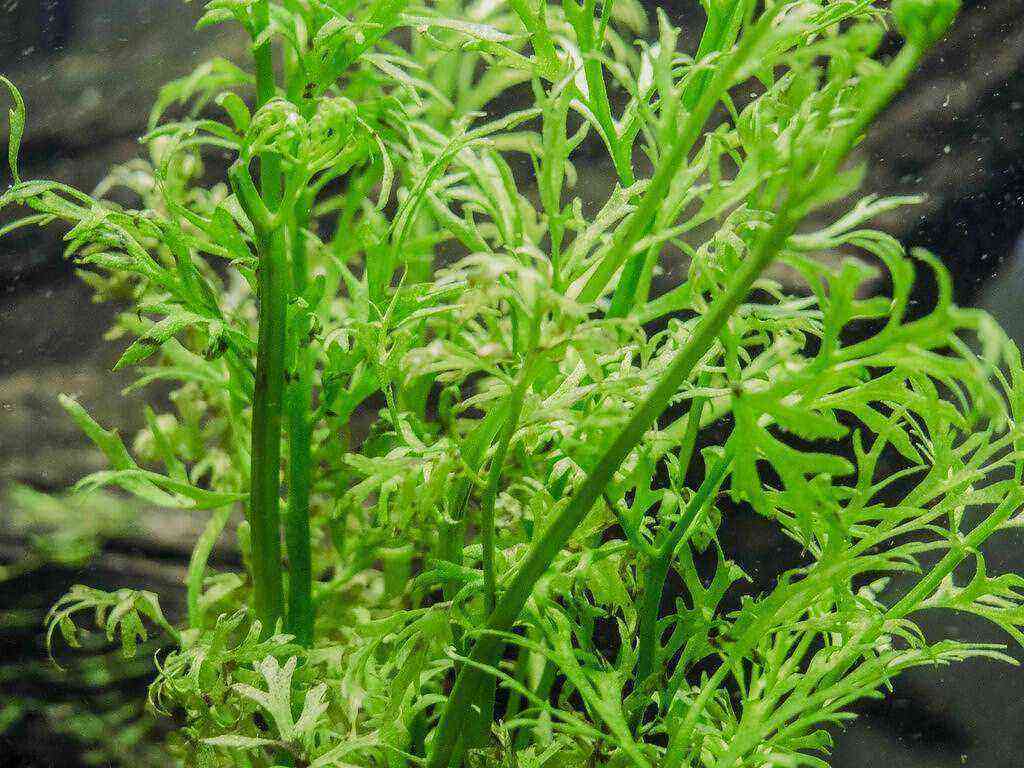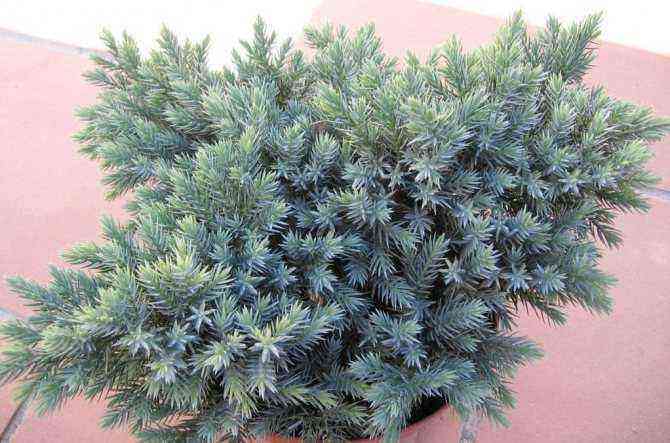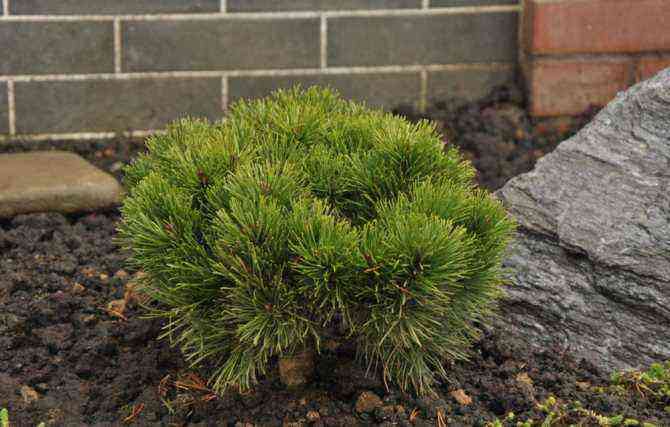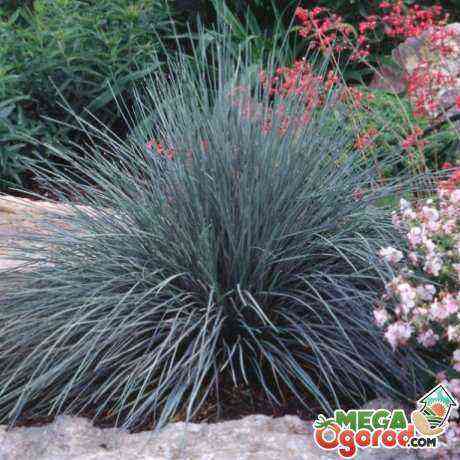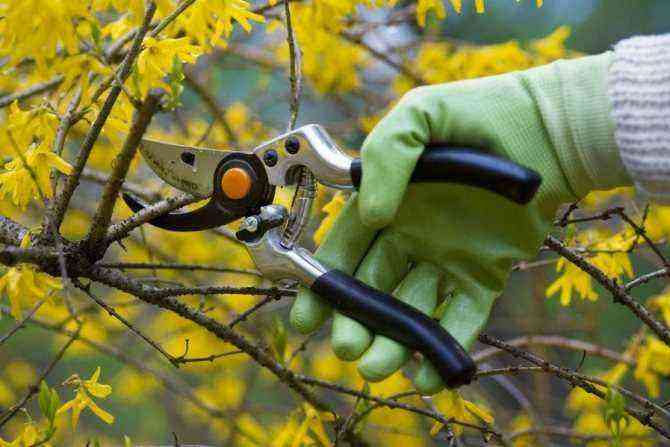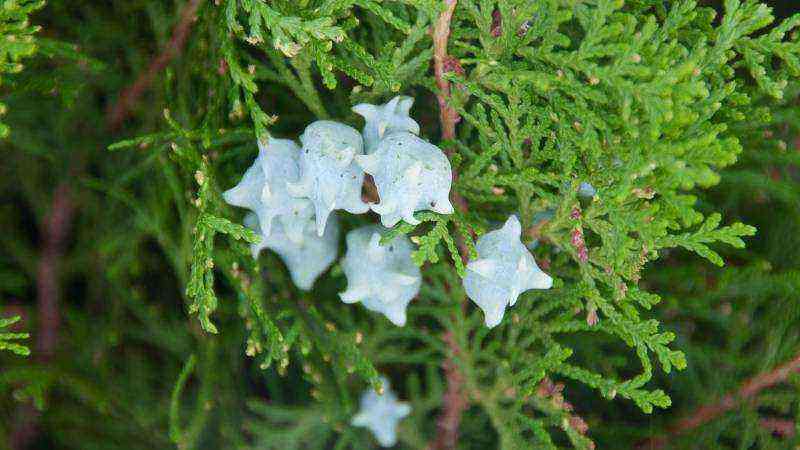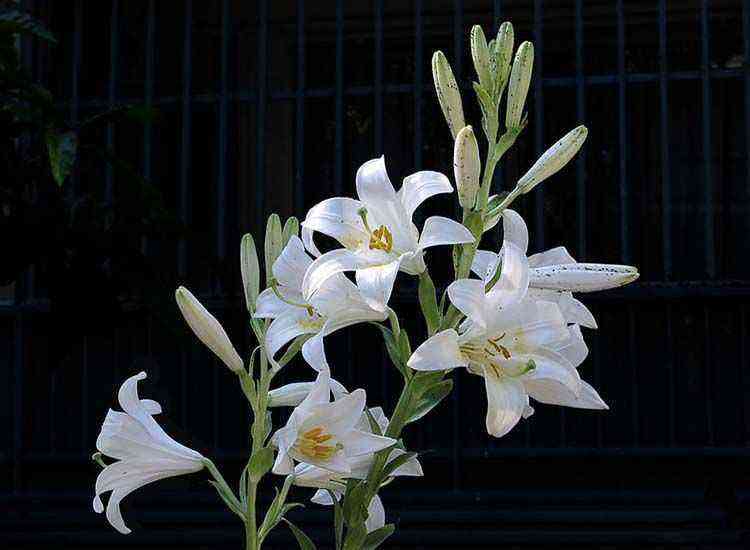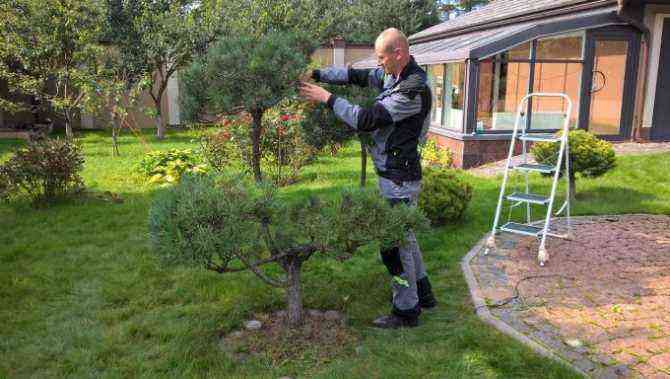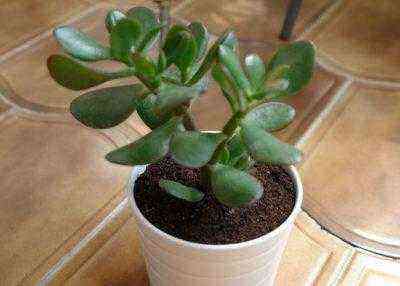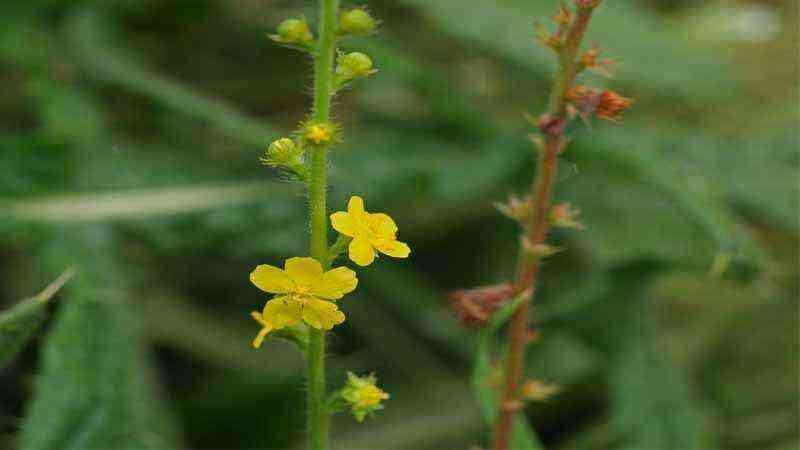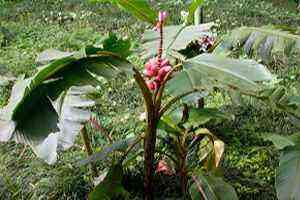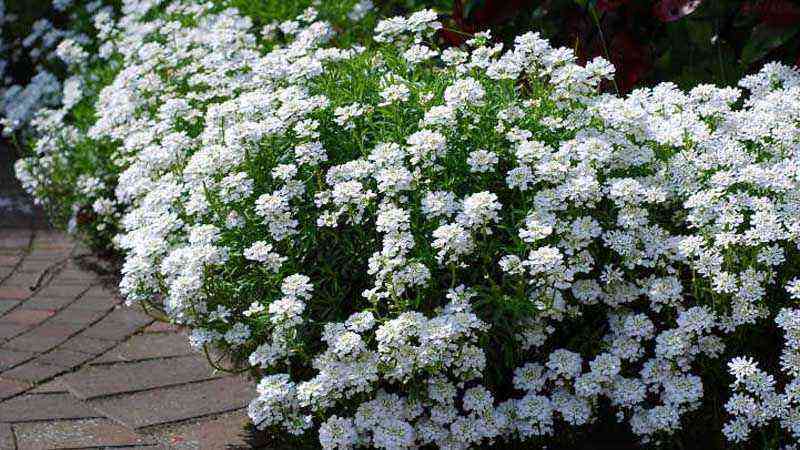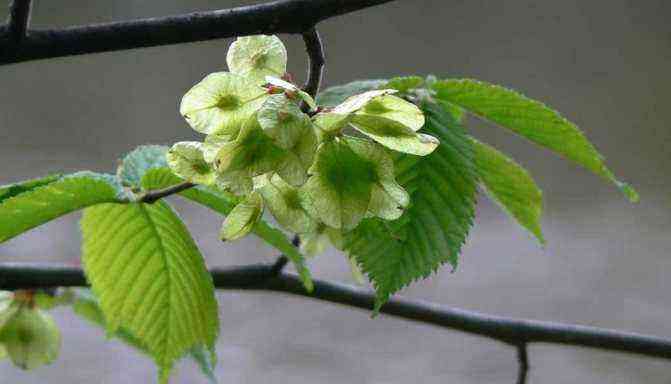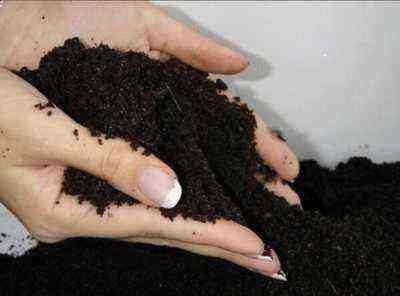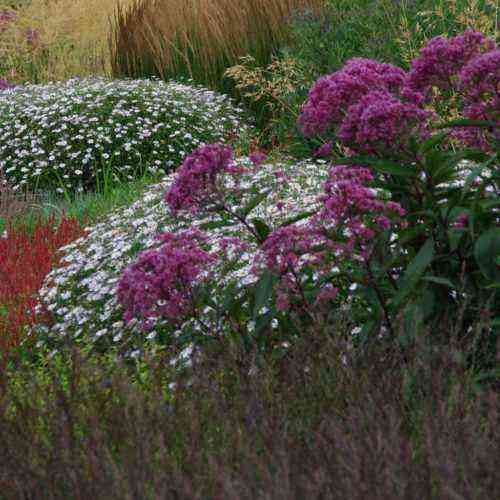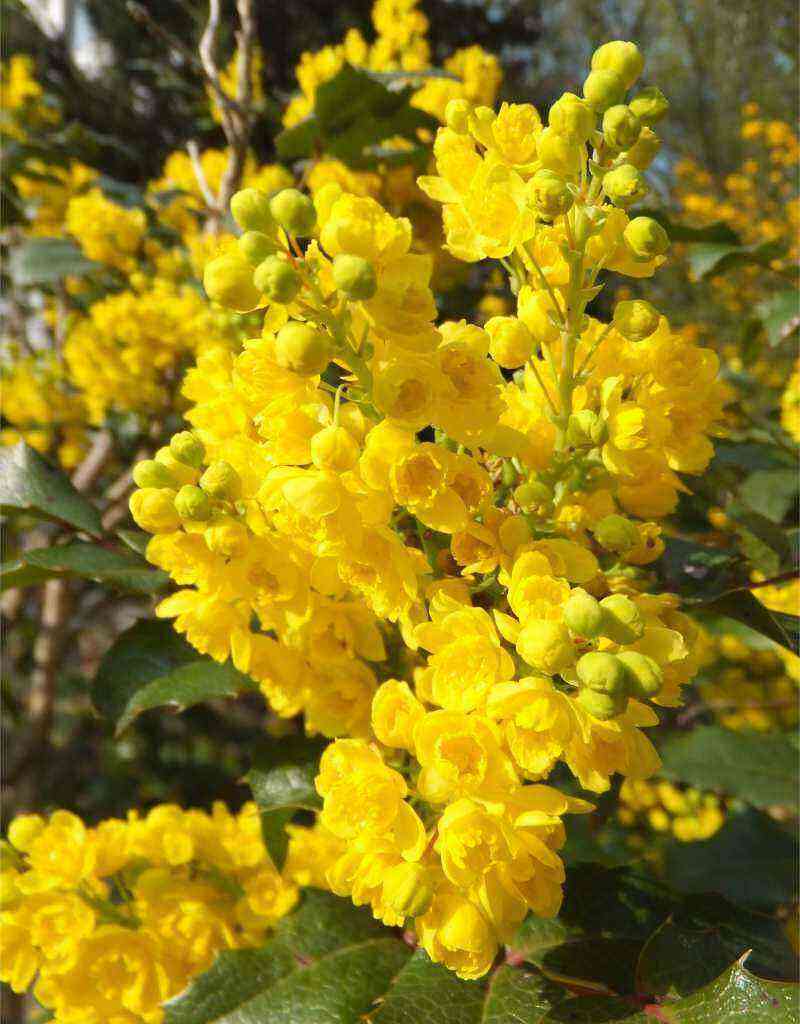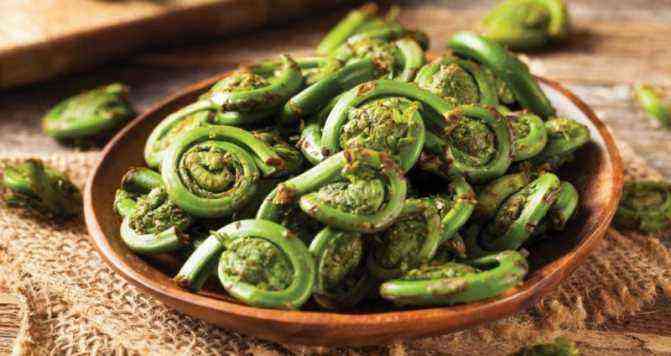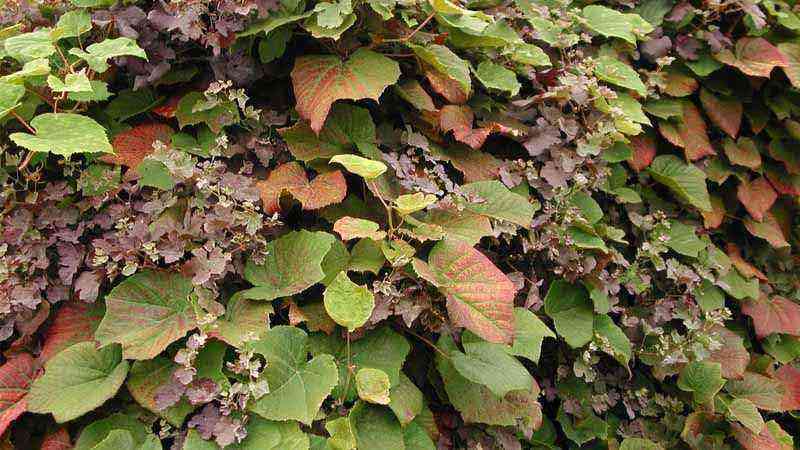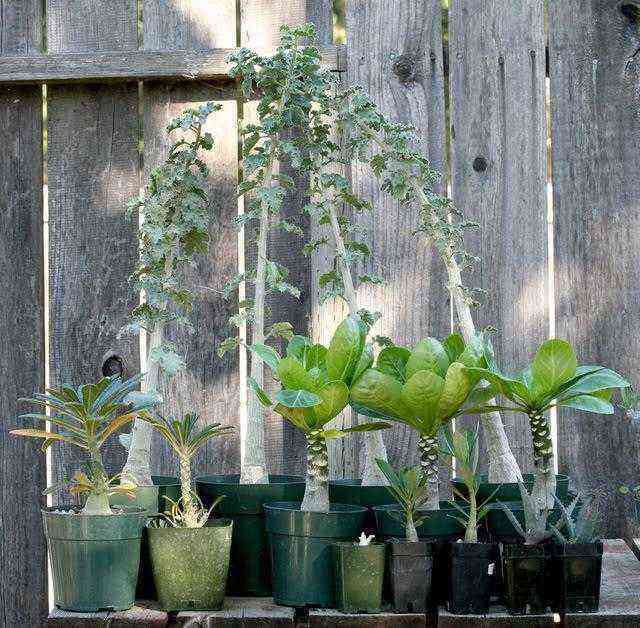Today we find a shrub (or small tree) very typical of Mediterranean Europe and that offers us many possibilities. Since ancient times it has been used both for its medicinal properties and for the latex that it gives off, which has been used a lot as chewing gum.
That and much more we tell you today in the mastic cultivation.
The mastic, a large shrub with many uses
There are some common names by which we may know Pistacia lentiscus, as moorland o brought, although its best known and used name is the mastic. Belongs to the family Anacardiaceae and within it to the gender Pistacia, of those who will sound like the Chinese pistachio tree or Pistacia Vera, the common nuts.
Crop climatology
We start from the basis that the mastic is a very resistant shrub. It is used to growing in the Mediterranean environment and resists high temperatures. On the contrary, the strong frosts (typical of the interior).
Soil characteristics
It is a species that often grows without help from anyone and does so in any soil. It adapts to limestone environments, poor and dry soils. Even also a fairly common habitat for the mastic is the coastal area.
It can be seen many times in coastal gardens without any growth problem. This is because tolerates salinity very well.
Fertilizer and irrigation
Perhaps this section is, unlike the rest of the plant cards, the least important. It’s a so rustic crop and resistant that a mastic is capable of growing and develop without human intervention.
We can help you grow with a compost or manure bed. (It has been shown that it increases its development by more than 20%), as well as providing it periodically and especially in the summer seasons, separate irrigations.
Mastic multiplication
The most versatile and comfortable way to multiply Pistacia lentiscus is through seeds. The main problem with multiplication through this method is the germination heterogeneity. This occurs because the seed has a waterproof envelope that does not facilitate its opening and growth of the plant from it. In many cases it is necessary to resort to germination techniques, such as scarification (soften the cover to facilitate hatching).
Some of its properties and uses
Before, at the beginning of the article, we commented that a latex could be extracted from its trunk, which is widely used in the industry. For example, in Turkey they use it to make chewing gums. It has also been used to make a varnish or to add an aromatic flavor to liquor.
En Spain, the most common is to see a ornamental use in the mastic. It is perfectly indicated for xerophytic gardens, or as a visual complement on golf courses. Basically because it is a very rustic tree that grows practically on its own, does not cause problems and consumes very few resources.

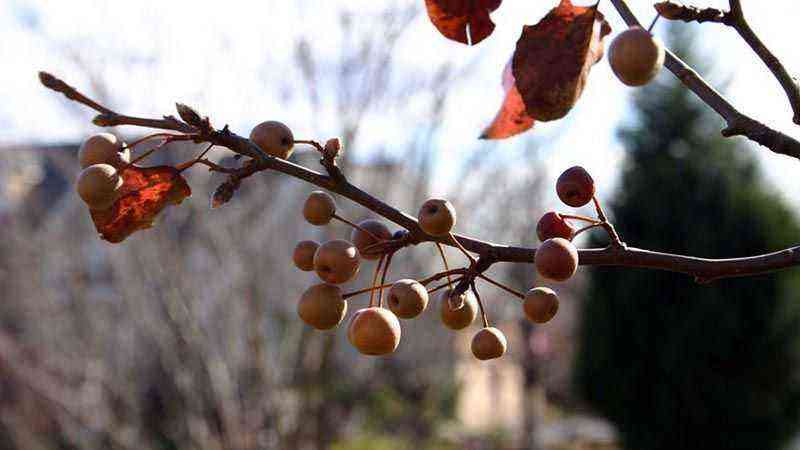
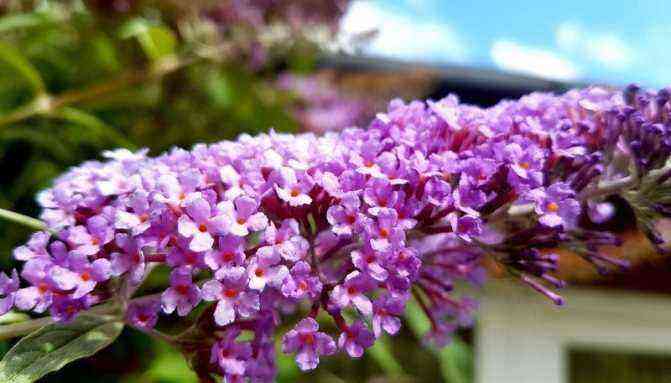
![Cultivation of Manihot esculenta [Cassava, Cassava] Cultivation of Manihot esculenta [Cassava, Cassava]](https://farmer-online.com/wp-content/uploads/2021/05/Cultivation-of-Manihot-esculenta-Cassava-Cassava.jpg)
